Mulatos Peppers: Sweet Heat, Big Flavor – Your Guide to This Smoky Wonder!
If you’re a fan of smoky, complex flavors with just the right amount of heat, then it’s time to get better acquainted with mulatos peppers. These dark chocolate-brown gems might not look like much at first glance, but they pack a flavor punch that’ll make your taste buds sing. Whether you're an amateur spice enthusiast or a seasoned pro in the kitchen, this guide will take you from mulato basics to culinary stardom.
Table of Contents
- What Are Mulatos?
- Flavor Profile: What Makes Them Special?
- Heat Level: Just Right for Most Palates
- Culinary Uses: How to Cook with Mulatos
- Buying Guide: Choosing the Best Mulatos
- Storage Tips: Keep Your Peppers Fresh
- Mulatos vs. Other Chilies: A Flavor Face-off
- Popular Recipes Featuring Mulatos
- Why You Should Love Mulatos
- Conclusion
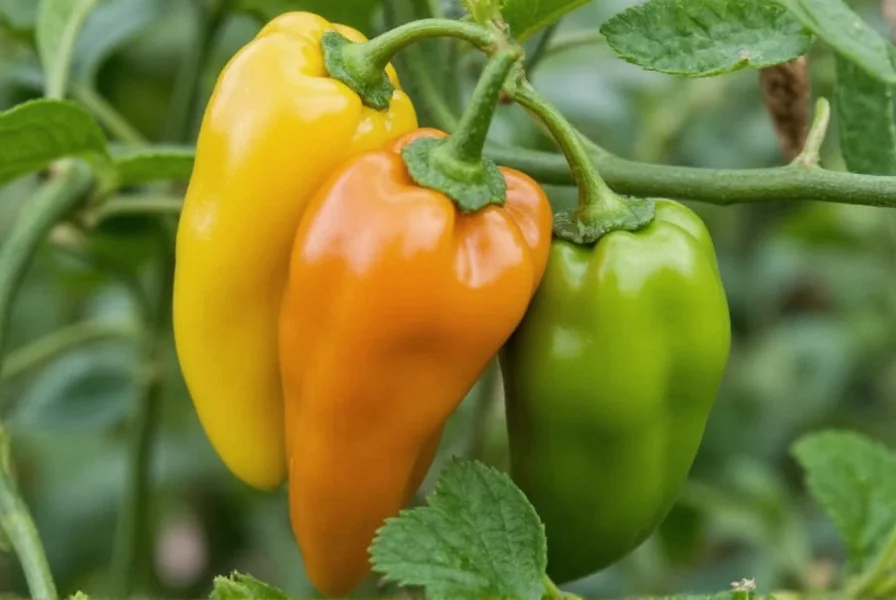
What Are Mulatos?
Mulatos are a type of dried chili pepper native to Mexico, specifically grown in regions like Puebla and Oaxaca. They’re actually dried mulato poblano peppers, which means they start life as fresh green chilies before being left to ripen and dry. Once dried, they develop their signature deep brown hue — almost like chocolate leather — and become slightly softer than other dried peppers like anchos or pasillas.
Origins and Nomenclature
The name “mulato” is derived from the Spanish word for “mule,” referring to its hybrid qualities among the poblano family. It’s one of the three essential dried peppers used in traditional Mexican mole sauces, alongside anchos and pasillas. But while it shares some similarities with its cousins, it stands out with its unique flavor profile and mellow heat.
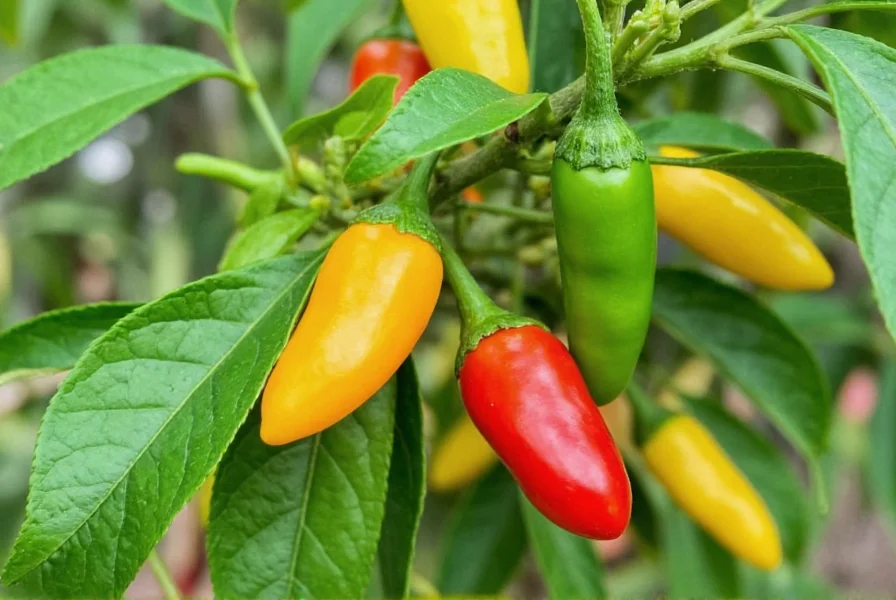
Flavor Profile: What Makes Them Special?
If you’re thinking about adding mulatos to your spice rack (or your next recipe), you need to know what sets them apart. Unlike many hot peppers that rely solely on capsaicin-induced fire, mulatos bring a layered experience that includes:
- Earthy undertones
- Caramel-like sweetness
- Subtle hints of tobacco and coffee
- A touch of raisin-like fruitiness
This complexity makes them incredibly versatile. They can be rehydrated and blended into sauces, toasted to deepen their aroma, or even ground into powder for rubs and marinades.
Smoky Without the Smokehouse
One of the most surprising aspects of mulatos is how naturally smoky they taste — and we’re not talking artificial hickory smoke here. Their flavor comes from their natural drying process and ripening cycle. So if you want that deep, smoky richness without needing a smoker, mulatos are your go-to ingredient.
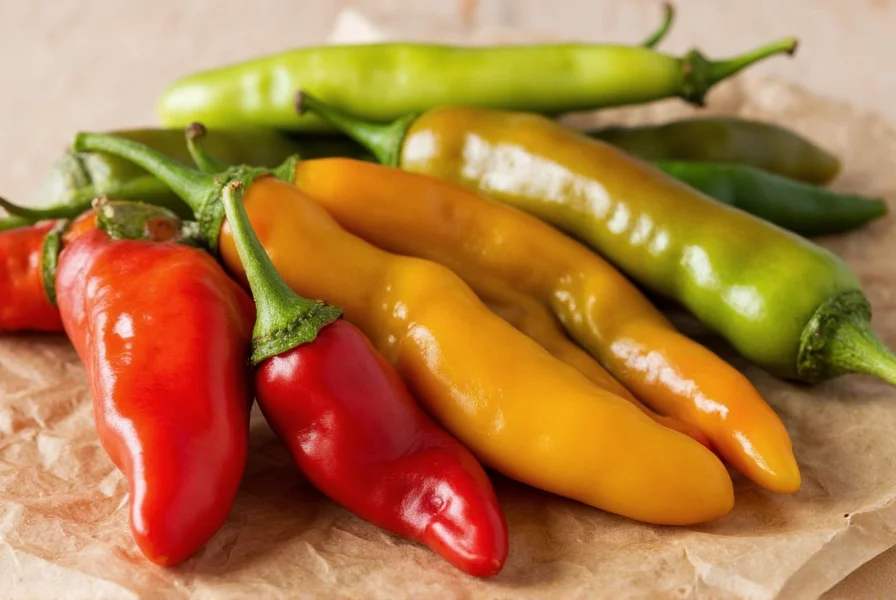
Heat Level: Just Right for Most Palates
When it comes to Scoville units — the scale that measures spiciness — mulatos land comfortably in the middle range. On average, they fall between 2,500 and 3,500 SHU, placing them somewhere between a jalapeño and a serrano pepper.
| Pepper | Scoville Units | Flavor Notes |
|---|---|---|
| Mulato | 2,500–3,500 | Smoky, sweet, earthy |
| Ancho | 1,000–2,000 | Fruity, mild |
| Pasilla | 1,000–2,500 | Berry-like, herbal |
| Jalapeño (fresh) | 2,500–8,000 | Grassy, sharp |
This moderate heat level makes them perfect for those who want to explore deeper flavors without overwhelming spiciness. Kids, friends, and spice newbies can all enjoy dishes made with mulatos — just don’t go overboard with quantities.
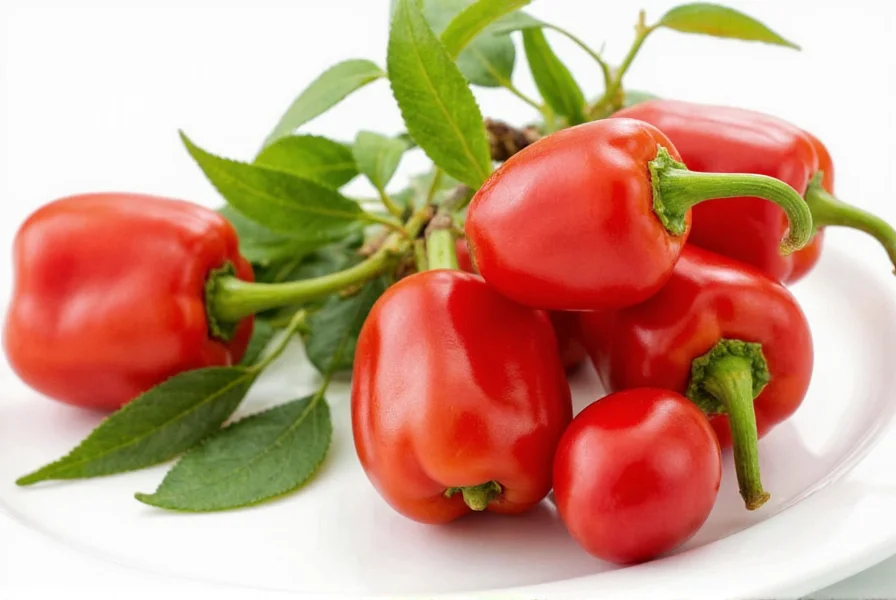
Culinary Uses: How to Cook with Mulatos
Mulatos are incredibly flexible in the kitchen. Here are a few tried-and-true ways to incorporate them into your cooking:
1. Rehydrate and Blend into Sauces
The classic way to use mulatos is to remove the stems and seeds, soak them in warm water or broth until soft, and then blend them with aromatics like garlic, onion, and spices. This forms the base of rich sauces for tamales, enchiladas, or tacos.
2. Toast for Extra Depth
Lightly toast whole dried mulatos in a dry pan for about 30 seconds per side. This releases their oils and intensifies the flavor. Be careful not to burn them — you’re aiming for fragrant, not bitter.
3. Use in Mole
Traditional moles, especially mole negro, often include mulatos for their smoky depth and low heat. Combine them with cocoa, cinnamon, cloves, and sesame for a truly unforgettable sauce.
4. Make Your Own Chili Powder
Dry toast and grind mulatos to create a homemade chili powder. Mix with salt, cumin, and garlic powder for a custom taco seasoning or meat rub.
5. Infuse Liquids
Use mulatos to infuse broths, soups, or even oil. Just simmer them gently and remove before serving to avoid overpowering the dish.

Buying Guide: Choosing the Best Mulatos
Not all mulatos are created equal. Here’s how to pick the best ones whether you're shopping at a local market or ordering online:
- Look for uniform color: Good quality mulatos should have a consistent deep brown color. Avoid any that are pale, faded, or have white mold spots.
- Check texture: The skin should feel leathery but pliable. If they’re brittle and crack easily, they may be too old and could be overly bitter when used.
- Sniff test: Fresh mulatos should smell earthy and slightly sweet. A musty or stale scent means they’ve been sitting too long.
- Buy in bulk carefully: Unless you cook with them often, stick to small quantities. Dried peppers can last up to a year, but flavor degrades over time.
- Brand matters: Trusted brands or artisan producers offer better consistency and freshness. Look for organic, non-fumigated options if possible.
Top Brands & Products
Here are some reliable options available in stores or online:
| Product Name | Features | Best For | Occasion |
|---|---|---|---|
| Hatch Naturals Mulato Peppers | Organic, sustainably grown | Home cooks and beginners | Weeknight meals, tacos |
| Santa Fe Chile Co. Whole Mulatos | Artisan-grade, air-dried | Chefs and gourmet cooks | Mole, special occasion dishes |
| La Morena Mulato Packets | Pre-sliced, ready-to-use | Quick meals, soups | Busy weeknights, easy prep |
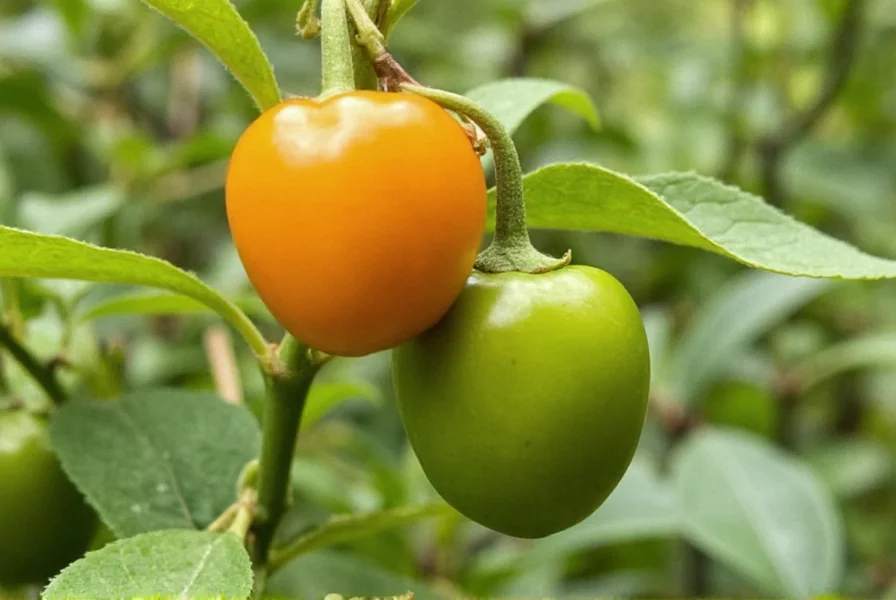
Storage Tips: Keep Your Peppers Fresh
To maintain peak flavor and usability, store mulatos properly:
- Airtight container: Store dried mulatos in a sealed jar or ziplock bag.
- Cool, dark place: Keep them away from light and moisture, preferably in a pantry or cupboard.
- Freeze for longevity: For extended storage, freeze them in a vacuum-sealed bag. They’ll keep for up to two years this way.
- Ground mulato powder: Stored similarly to whole peppers but loses potency faster — use within six months.
Mulatos vs. Other Chilies: A Flavor Face-off
Confused about how mulatos stack up against similar dried peppers? Here's a quick comparison to help you choose:
| Characteristic | Mulato | Ancho | Pasilla |
|---|---|---|---|
| Color | Dark brown | Deep red | Near black |
| Flavor | Smoky, sweet, caramel | Fruity, raisiny | Earthy, berry-like |
| Heat Level | Medium (2,500–3,500 SHU) | Mild (1,000–2,000 SHU) | Mild-Medium (1,000–2,500 SHU) |
| Best Use | Mole, sauces, soups | Enchilada sauces, moles | Rubbed meats, salsas |
Popular Recipes Featuring Mulatos
If you're looking to impress with flavor, here are five recipes where mulatos really shine:
- Mulato Mole Sauce – Rich, deep, and perfect over chicken or pork.
- Rehydrated Mulato Salsa – Smoky, slightly sweet, great with tortilla chips or grilled meats.
- Spiced Mulato Rubbed Steak – Adds depth and warmth to any cut of beef.
- Chili con Carne – Enhances the complexity of the base without overpowering the dish.
- Mulato Hot Chocolate – Yes, really! A pinch of mulato powder adds a savory, smoky note to decadent cocoa.
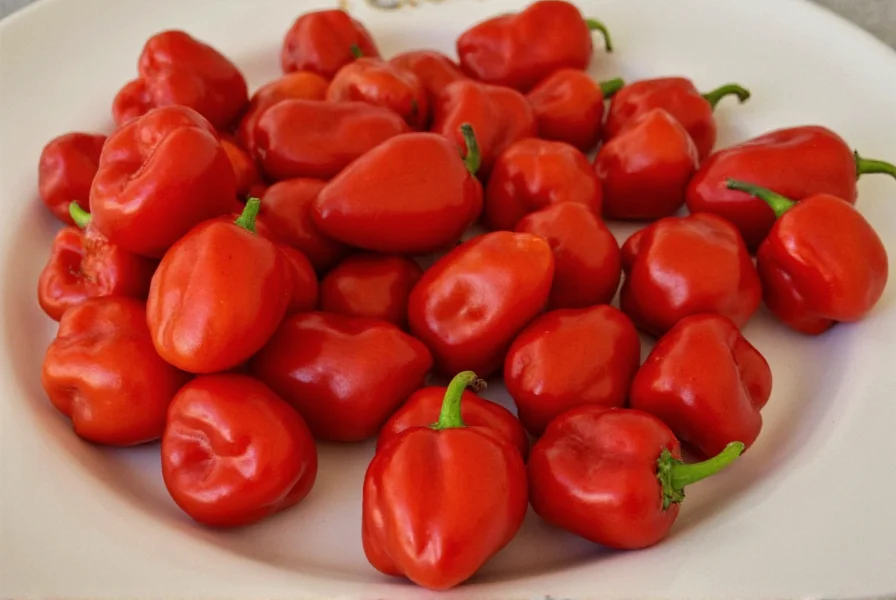
Why You Should Love Mulatos
In short, mulatos deserve a permanent spot in your kitchen because:
- They deliver big flavor without searing heat.
- They work beautifully in both traditional and modern dishes.
- They elevate sauces, rubs, and desserts alike.
- They’re underappreciated but totally deserving of more love.
Conclusion
Mulatos peppers may not be the flashiest members of the chili family, but their quiet intensity and smoky charm make them indispensable in the world of spice. Whether you’re crafting a soulful mole, spicing up your steak rub, or experimenting with dessert, these versatile peppers bring depth and warmth in equal measure. So next time you're browsing the spice aisle or planning your menu, give mulatos the attention they deserve. Your taste buds will thank you.
Ready to dive into the world of mulatos? Grab a handful today, and let your inner chef go wild with this smoky, sweet, and slightly mysterious pepper. ¡Buen provecho!

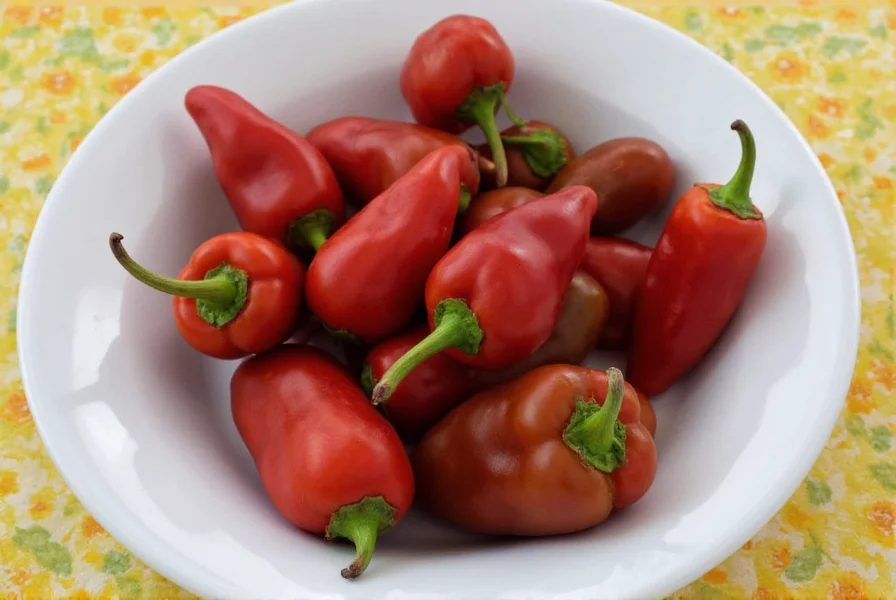









 浙公网安备
33010002000092号
浙公网安备
33010002000092号 浙B2-20120091-4
浙B2-20120091-4